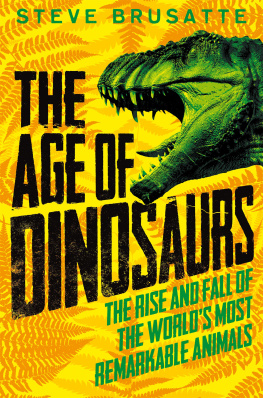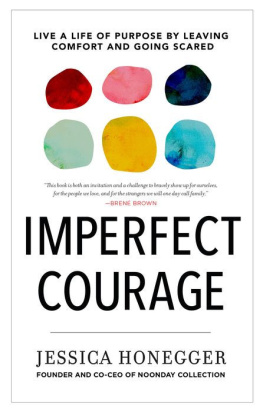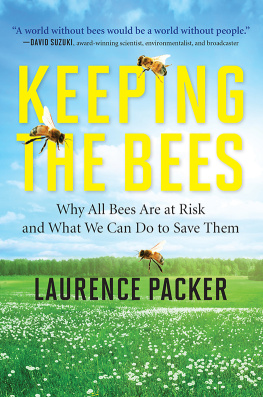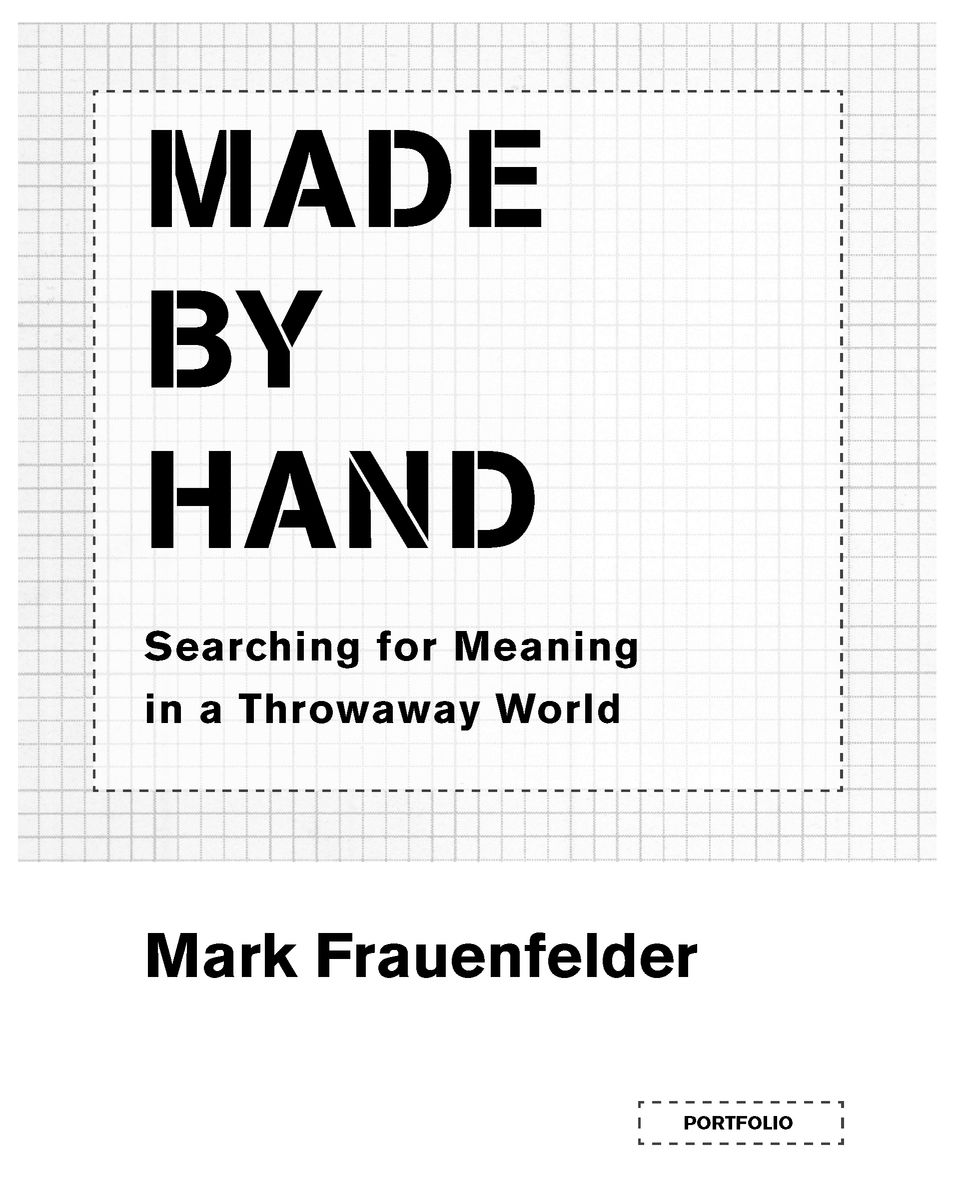Table of Contents
For Carla, Sarina, and Jane
INTRODUCTION:
ESCAPE TO RAROTONGA
All the best stories in the world are but one story in realitythe story of an escape. It is the only thing which interests us all and at all timeshow to escape.
A. C. BENSON
On New Years Day 2003, my wife, Carla, and I were sitting in the garden of a little coffeehouse in Studio City, California, with our notebooks open and pens in hand. We were taking part in a yearly ritual: writing down our goals for the coming year. Usually this was a happy, optimistic exercise. In past years we listed such goals as learning Japanese, improving language skills, learning how to become better cooks, and getting book deals with publishers. But not this year. Thanks to the aftereffects of the dot-com implosion of 2001, we were both in a gloomy mood. One of the magazines I was under contract with, The Industry Standard, which covered Internet-based businesses, had itself gone out of business, and other tech magazines I contributed to either had shut down or were circling the drain.
The entire freelance-journalism market was in the dumps, and since Carla and I made our living writing for magazines, we were in the dumps, too. Just a couple of years earlier, in 2000, The Industry Standard was publishing monstrous, four-hundred-page weekly issues filled with expensive full-page advertisements. (To this day the magazine holds the record for the most ad pages sold in one year.)
In those giddy days, tech magazine editors were desperate for stories to fill pages, and they were paying top dollar for them. I was able to write about almost any subject that struck my fancy: old stop-motion monster movies, retired science fiction comic book artists, kite-camera enthusiasts. It was wonderful. When I pitched these story ideas to my editors, the only question theyd ask me was How soon can you give me copy?
But by 2001, after hundreds of Internet companies with untenable business planslike Kozmo.com, Den.net, Pets.com, Floo.com, Webvan.com, Boo.com, and Etoys.comblew through hundreds of millions of dollars, wiping out stunned investors and driving the NASDAQ into freefall, there was hardly anyone left to advertise. Instead of four-hundred-page issues, the Standard was reduced to a mere pamphlet, topping out at sixty-four pages. The magazine was running on fumes, and it was becoming painfully clear that easy street was about to become a dead end.
I wasnt too surprised when my Standard editor called me one morning that August and warned me to submit my final invoice immediately to avoid having to wait in line with other creditors, who would be lucky to get pennies on the dollar for what they were owed. The magazine, which had burned through $200 million in just a few years, was bankrupt.
We had a good run, my editor told me, and she was right. The money had paid for my kids school and our mortgage and had given me confidence that wed be able to deal with the additional expenses of a second child, which we hoped to have in the near future. But now the flow of cash from that fat pipeline into our bank account slowed to a trickle, and reality began to sink in.
In the days following the news of the Standards demise, I made calls to editors I knew at other magazines. They all told me the same thing: They had a backlog of stories, and even if they were to have an assignment for me, they wouldnt be able to pay the same word rate as in previous months. In my minds eye, I saw our comfortable lifestyle imploding: no more restaurant takeout several nights a week, no vacations in Hawaii, no new laptop every eight months, no trips to the gourmet supermarket, no weekly gardener to tend to our tropical garden, no endless cavalcade of FedExed products pouring through our front door. We were going to have to do some serious cutting back. As the months wore on, work continued to dwindle, and it became clear that the Internet bubble wasnt going to reinflate anytime soon.
As Carla and I sat in the coffeehouse we began to get serious about a radical idea that wed been toying with as wed dealt with our reduced income over the past months: Could it be that the problem was less about how much money we were spending and more about how we were spending our time? As we thought about the things wed have to give up, we began questioning whether we really wanted to raise our kids in an environment of prepackaged diversions, theme-park rides, trips to the mall, freeway traffic, and incessant e-mails. Was there a better way of life out there, waiting for us to create it?
We wrote down three goals:
1. To take more control of our lives.
2. To cut through the absurd chaos of modern life and find a path that was simple, direct, and clear.
3. To forge a deeper connection and a more rewarding sense of involvement with the world around us.
These goals looked awfully good on paper, but how were we actually going to achieve them? Once the holidays were over, we felt sure that practical necessities and the forces of modern society would thwart our every effort to try a new way to live until we gave up and went back into the same old, overcaffeinated routine of school, work, driving, takeout meals, and weekends filled with kiddie birthday parties at Chuck E. Cheeses.
Im not sure which of us said it first, but we eventually agreed that the solution was to chuck everything and move to Rarotonga.
Rarotonga is a remote island in the South Pacific, part of the Cook Island nation. Measuring six miles end to end, its about one-fifth the size of the Hawaiian island of Kauai. Carla and I had spent a week in Rarotonga in 1994, and wed fallen in love with its slow pace, its tropical lushness, and its natural beauty.
Life in Rarotonga, we recalled, was simpler. People expected, and were satisfied by, less. The focus wasnt on getting ahead; it was on communing with nature and sharing music, food, dance, and craft. With its wild splendor, bountiful fruit trees, and lovely weather, the island seemed a place where human beings were meant to live. Plus, there was the exotic appeal: Imagine living on an emerald speck in the middle of the South Pacific, thousands of miles from any continent, where life moves at its own pacewhat the locals call Raro time.
Travel writer Arthur Frommer dubbed Rarotonga the third most beautiful island in the South Pacific, behind Tahitis Moorea and Bora Bora, and James Michener ranked it above Tahiti in beauty, climate, and the hospitality of the native people. We also remembered with amusement that everywhere you look in Rarotonga, wooden statues of the naked, extremely well endowed god Tangaroa stare back at you; hes even found on their flower-shaped coins. The Rarotongans dancing, which features fast hip gyrations and erotic gestures, was described as positively obscene by a nineteenth-century missionary who had grown accustomed to the more languid Hawaiian hula.
After our first visit to Rarotonga, we occasionally, and only half seriously, had talked about moving there. Living on a tropical island is a common fantasy, of course. Lots of people daydream about cutting ties with their busy, tangled lives and moving to an idyllic island free of traffic jams, screaming car alarms, smog-belching Hummers, random incidents of road rage, billboards, talk radio, graffiti, and other noxious ingredients of urban anxiety. But most people quickly dismiss the fantasy because its completely impractical. Once you move there, how do you live? Jobs are scarce, and even if you do pick fruit and catch fish to survive, you still need money for a place to live, and to buy clothes and other necessities, no matter how spare your lifestyle.











